I retired due to an injury. My last year playing in the league was in 2014. The year before that, I was battling a lot of injuries: ankle surgery, a fractured back, knees, elbows – a lot of different issues. My body couldn’t do it anymore. I retired because I physically couldn’t play any longer.
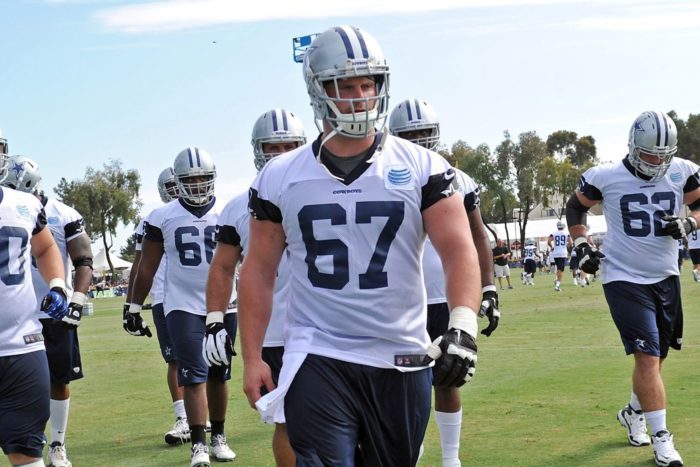
Phil Costa is a former center and guard who played four years in the NFL. Costa was a part of the Dallas Cowboys and Indianapolis Colts before becoming a co-author.
I didn’t rely on anyone in particular. I had family, friends, and different mentors I could talk to. I pulled advice from a variety of different people. I talked with different athletes who had retired and tried to learn from their experiences; I wanted to find out what to expect.
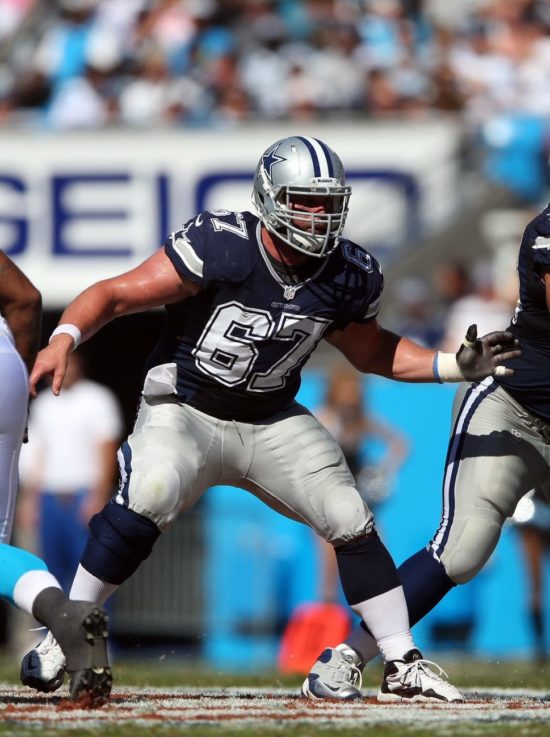
“ ...I talked with different athletes who had retired and tried to learn from their experiences; I wanted to find out what to expect. ”
The earlier an athlete starts preparing for their inevitable transition, the more successful they’ll be. I wish I would have started preparing earlier.
People say you’re done playing when the phone stops ringing – it’s true. The lightbulb moment after the phone stops ringing is now the athlete has to be the one to pick up the phone. People are still willing to answer your call, take time to give you advice, share what they’ve learned. The difference is, it’s uncomfortable and uncommon to be the one to do that. In sports, your agent or your business manager is calling for you, getting offers, getting promotions, finding everything for you. It was a lightbulb moment to say, ‘Okay, I have to make the calls and reach out to people.'
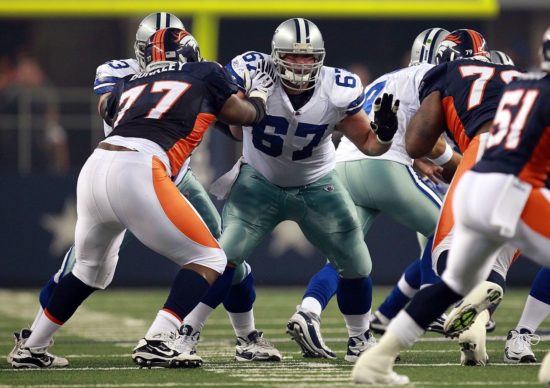
“ The lightbulb moment after the phone stops ringing is now the athlete has to be the one to pick up the phone. ”
The first three months after football, my goal was to lose the playing weight, which I actually did. I went from about 315 pounds to 250 pounds.
After that, I didn't know what I wanted to do, which was probably the hardest part for me. I really struggled, it was definitely the low point.
I met with people I knew in different industries I thought I might be interested in. I set meetings with different professionals: realtors, doctors, lawyers, politicians, etc. I also interned with NFL Films for a week. I was trying to see what the day-to-day of these different professions looked like.
I ended up doing medical device sales for three years. During those three years, I was in over 500 heart surgeries. I really enjoyed that profession. There were a lot of similarities and a lot of synergy with what football was. It was competitive, you had to prepare, and you had to perform every day.
Going back to my transition when I was struggling, I was at NFL Films talking with Shaun O'Hara who is a former NFL player and now a successful commentator. We had a real conversation where I said to him after 15-20 minutes, ‘Shaun, you're making transition look easy…what’s the trick?’ He looked at me and said, ‘I struggled too.’ It immediately felt like a thousand pounds of weight had been taken off my back. He made me feel normal again.
Fast-forward 18 months from that moment, I got a call from a former teammate which really sparked the idea of the book. I could tell he was in the same place I was. After hearing about what he was going through and the questions he was asking me, I realized they were the same questions I had been asking Shaun. I finally just said to him, ‘Dude, I struggled too.’ I could feel the sigh of relief in his voice when I said it. It made me realize the shared experience was powerful.
“ It made me realize that shared experience was powerful. ”
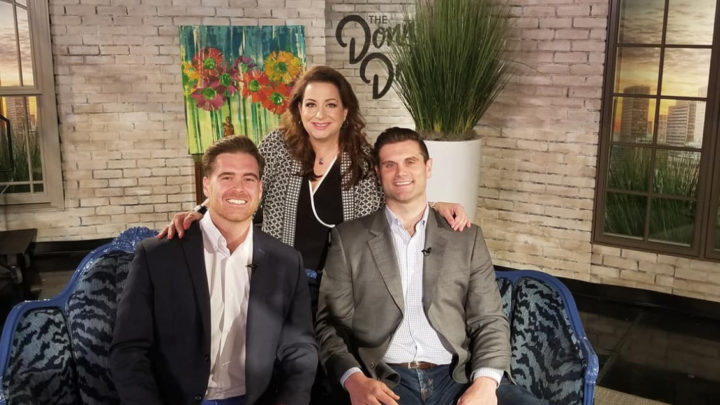
The goal of ‘The Transition Playbook’ is to just take the meat. It’s Twitter-sized bits of information which is easy to digest and an enjoyable read. It is, ‘This is what the athlete went through, and this is their advice.’
Everything changes after sports. While I was with the Dallas Cowboys, I was doing autograph signings where people would wait in line just to talk to me.
After football, I walked into a doctor’s office, introduced myself to the secretary and asked if “Dr. So and So” was there. The doctor just happened to walk out at that moment. He knew I was a sales rep, shook his head ‘no’ and walked away. It was a humbling moment to say, ‘Things have changed, I better change with them and really fix my approach to the sale.”
It's a combination of 100+ athletes from 30 different sports, men and women. Athletes such as, Matt Burke who played in the NFL, Adam Kreek who is a Canadian gold medal rower, Summer Sanders who is an Olympian competitive swimmer, Shannon Miller who is a gymnast.
You can order the book on its website, TheTransitionPlaybook.com, Amazon, Barnes & Noble, etc. Feel free to reach out, the contact information is also on the website.
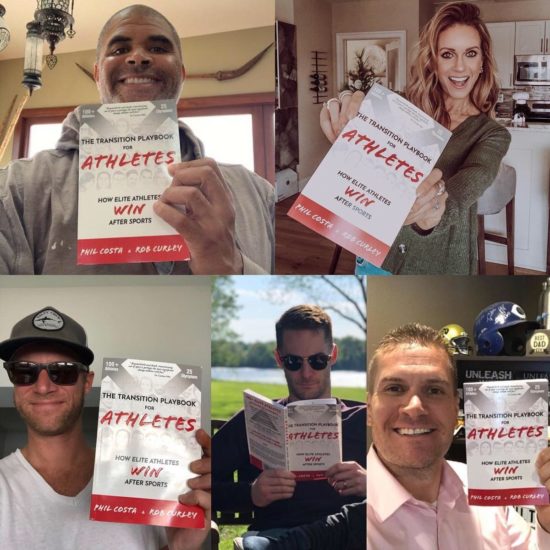
The Trust is here to support you.
Ready to learn how?